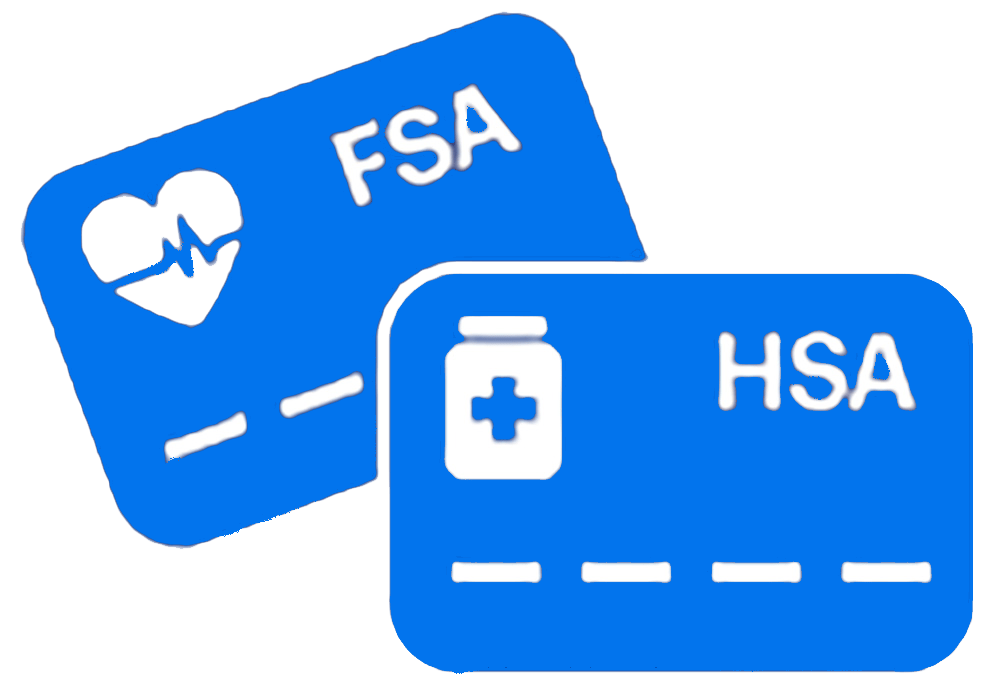A vitamin is one of 4 groups of essential nutrients we need to sustain life. They are vitamins, minerals, fatty acids, and amino acids.
Vitamins are groups of molecules that have different functions. Vitamin D (calciferols) metabolize (convert) the sources of Vitamin D into energy for cell processes. In particular, it helps your body absorb calcium and phosphorus for strong bones, aids brain functions, and enhances your immune system protection against bacteria and viruses.
Sources of Vitamin D include various foods. It is also synthesized by photolysis when UV sunlight rays strike your skin. Vitamin D supplements can provide calciferols by pill or injection.
How they work
Your body synthesizes vitamin D through the skin from sunlight. Oral vitamin D is fat-soluble and therefore is best taken orally with a meal that includes fat. Oral vitamin D comes from
- food that naturally includes vitamin D
- supplements added to food (e.g. cereal products)
- supplements taken alone (e.g. vitamin pills)
Oral vitamin D moves through your digestive system and enters your bloodstream through the small intestine.
Vitamin D is naturally found in oily fish including salmon, tuna, cod, sardines, and mackerel. It is also found naturally in beef liver, cheese, egg yolks, and mushrooms all of which include fats.
Vitamin D is commonly found in fortified food including whole milk, orange juice, margarine, and breakfast cereals.
Dietary supplements (i.e. vitamin pills) are an efficient way of providing vitamin D. They come in two forms D3 (cholecalciferol) and D2 (ergocalciferal). D3 works better.
Ideal Levels of Vitamin D
Vitamin D breaks down in the blood as “25-hydroxyvitamin D”. It is measured in blood tests as nanomoles per liter (nmo/L) or nanograms per milliliter (ng/mL).
- Vitamin D levels of 50 nmol/L (or 20 ng/mL) and above are ideal.
- A vitamin D deficiency exists when levels are below 30 nmol/L (12 ng/mL)
- Levels above 125 nmol/L (50 ng/mL) are dangerous.
Recommended daily intakes of Vitamin D range vary by age. Under 13 years – 10-15 mcg. Ages 14-70 – 15 mcg. Older than 70 – 20 mcg.
Symptoms of Vitamin D Deficiency
One in four (25%) of Americans suffer from low vitamin D levels. Vitamin deficiency presents itself in a myriad of unhealthy symptoms, including:
- Bone loss, especially for women. Children are at risk for rickets.
- Back pain, bone pain, joint pain.
- Muscle pain.
- Infection e.g. colds etc.
- Slow healing.
- Intestinal distress.
- Cognitive disorders (e.g. memory loss, dementia)
- Depression
- Fatigue
- Obesity.
- Hair loss.
- Insulin resistance for diabetics.
- Cardiovascular disease.
Too Much Vitamin D
Vitamin D is fat-soluble as are vitamins A, E, and K. It requires caution to avoid overdosing. Vitamin D toxicity is very rare but does occur.
The U.S. Recommended Dietary Allowance (RDA) of vitamin D is 600 IU of vitamin D a day. Excessive doses of international units (IU) a day for many months usually cause vitamin D toxicity.
Symptoms of vitamin D overdose include:
- weakness in the muscles,
- nausea,
- poor appetite,
- constipation,
- weight loss,
- abnormal heart rhythms,
- mental confusion, and
- calcinosis (an accumulation of calcium salt crystals in your skin).
Intravenous and Intramuscular Vitamin D Shots
Vitamin D given intravenously or intramuscularly (IM) bypasses your digestive system and goes directly into your bloodstream where it can then be absorbed into your cells. It can be useful where a patient has impaired normal absorption function through the small intestine that works for oral vitamins.
Are vitamin D shots for patients with normal absorption functions more effective than oral vitamins? There are few known studies of the comparison.
One noted study shows that there is little if any performance advantage of vitamin D shots over oral vitamin D. That study compared the efficacy of equivalent doses of oral cholecalciferol versus IM cholecalciferol in 40 healthy participants, with 20 receiving oral and 20 receiving IM.
The performance was measured against a baseline of serum 25-hydroxyvitamin D at 6 weeks and 12 weeks after administration.
Both showed a sustained increased efficacy from the baseline. Also, there was no difference in efficacy between the two groups at 6 weeks. At 12 weeks the IM group showed only a very slight advantage.
Does IM work faster than oral vitamin D? Perhaps. But bear in mind, Vitamin D is a maintenance regimen. Your body needs to maintain a vitamin D level of 50 nmol/L (or 20 ng/mL). IM vitamin D might get there quicker, but after that, it can be maintained as effectively by oral administration.
Moreover, IM administration of vitamin D shots can be more prone to overdose. It should be given and monitored onlly by a health professional.
Please Consult a Vitamin Specialist
We can help with your vitamin D management. Call us at Vital Force Therapy & Wellness 205-352-9141










